The Xuzhou Art Museum of Han Stone Carvings (徐州汉画像石艺术馆) is situated on the eastern bank of Yunlong Lake, spanning over 20,000 square meters and divided into two sections: the South Hall and the North Hall. The South Hall, a modern structure located near the Yunlong Mountain cable car station, boasts a contemporary design. In contrast, the North Hall replicates the architectural style of the Tang and Song dynasties, adding a historical touch to its appearance. Both halls showcase a diverse collection of hundreds of Han stone carvings, employing ancient and robust carving techniques to depict a wide range of subjects, including mythical legends, historical stories, and everyday life.
The North Hall (Old Hall) primarily exhibits Han stone carvings dating from the late Qing Dynasty to 1989. These carvings are displayed along a 206-meter-long corridor and in seven exhibition rooms. On the other hand, the South Hall (New Hall) features newly acquired Han stone carvings collected after 1900, presented in six distinct sections. For those fascinated by Han stone carvings, the museum’s art shop offers the opportunity to purchase rubbings of these intricate carvings as commemorative pieces. Rubbings can be relatively expensive, starting at a minimum of two to three hundred yuan. The Xuzhou Art Museum of Han Stone Carvings provides a captivating journey through time, offering a glimpse into the rich history and artistry of Han stone carvings in China.
Table of Contents
- Basic Information
- Location and Transportation
- Displays in the North Hall
- Displays in the South Hall
- Vlog about Xuzhou Art Museum of Han Stone Carvings
- Attractions near Xuzhou Art Museum of Han Stone Carvings
Basic Information
| Estimated Length of Tour | 3 hours |
| Ticket Price | Free |
| Opening Hours | 9.00 – 17.00; Last admission: 16.30 |
| Telephone Number | 0086-0516-85690228 0086-0516-5690889 |
Location and Transportation
The Xuzhou Art Museum of Han Stone Carvings is situated on the southern bank of Yunlong Lake, with its precise address being 5 Hudong Road, Quanshan District, Xuzhou City, Jiangsu Province.
To get there, tourists can take bus 41, 47, 58, 63, 78, or 1314 and get off at Yunlong Mountain Cable Car Stop (云龙山索道站).
Displays in the North Hall
First Exhibition Room
The first exhibition room showcases nine Han stone carvings unearthed from the Miaoshan Han Tomb in Cuishan, Tongshan County. Discovered during the excavation in 1956, the tomb’s structure consists of a front hall and a rear chamber, both constructed entirely with blue stones. The carvings depict scenes such as joyous dances, feasts, martial arts competitions, and mythical stories like the ascension of Yan Emperor and Huang Emperor. Particularly captivating are the depictions of the Yan Emperor wearing a straw hat, clad in rustic attire, wielding a plow, and ascending with a phoenix, as well as the Yellow Emperor with a bear’s head, emitting celestial aura, sporting wings, and soaring into the heavens.
Second Exhibition Room
Moving on to the second exhibition room, it features displays from two reconstructed tombs: the Stone Coffin Tomb in Liuxin Township, Tongshan County, and the Stone Coffin Tomb in Qishan, Pei County. The latter, excavated in 1977, boasts a rich variety of carvings portraying scenes such as horse racing, hunting, welcoming ceremonies, and everlasting trees, exemplifying the diverse artistic features of early Eastern Han stone coffins. Notably, the depiction of Xi Wangmu (Queen Mother of the West) in this room stands out as the earliest known representation of its kind in Han stone carvings. The image portrays Xi Wangmu seated on a balcony with a victory ornament, a blue bird feeding her below, and mythical creatures like a three-legged bird and a nine-tailed fox. Adjacent carvings depict scenes of archery, drumming, martial arts, and cockfighting.
Third Exhibition Room
In the third exhibition room, the focus is on scattered Han stone carvings from Tongshan County. A prized possession among these is the “Spinning and Weaving” carving from Qingshanquan, which depicts the daily life of ordinary people engaged in weaving, spinning, and caring for infants. This carving is particularly significant due to its representation of the well-developed textile industry in the Xuzhou area during the Han Dynasty.
Fourth Exhibition Room
The fourth exhibition room presents 40 stone carvings predominantly from the Honglou Han Tomb, Hanwang Han Tomb, and Liguo Han Tomb in Tongshan County. The Honglou carvings, in particular, showcase scenes from ancestral halls, including “Welcoming Banquet,” “Traveling by Chariot,” and “Celestial Banquet.” The colossal size, simple craftsmanship, and rich content of these carvings, such as the “Celestial Banquet” depicting various mythical scenes, closely resemble the grand theatrical performances described in Zhang Heng’s “Western Capital Rhapsody.”
Fifth Exhibition Room
Moving on to the fifth exhibition room, it features eight stone carvings from Jiawang District in Xuzhou City. These carvings, dating from the late Eastern Han period, showcase scenes of exotic birds, mythical creatures, Nuo dances, and Qin Shi Huang retrieving a tripod from the Si River.
Sixth Exhibition Room
The sixth exhibition room displays 11 stone carvings from the Jiugudun Han Tomb in Suining County. This large stone chamber tomb, excavated in 1954, presents scenes of dragons, tigers, chariots crossing bridges, banquets, attendants offering food, immortal figures lighting lamps, and a jade deer guarding a tripod. These carvings, featuring intricate details and a vivid depiction of the tomb owner’s luxurious and transcendent life, are all flat plane reliefs.
Seventh Exhibition Room
In the seventh exhibition room, the focus is on stone carvings from Shuanggou, Suining County, collected by Mr. Zhang Boying, a renowned collector and calligrapher during the Republic of China era. The carvings in his collection include scenes of plowing with oxen, Fuxi and Nuwa, architectural gateways, and chariots and horses. Particularly noteworthy is the “Plowing with Oxen” carving, offering a glimpse into the agricultural practices of the time.
Displays in the South Hall
Divine Path to Heaven
The exhibition begins with the exploration of Han Dynasty divine path carvings, which include stone gates, steles, pillars, divine figures, exorcism symbols, stone tigers, stone horses, stone oxen, and stone sheep. The stone gates symbolize the heavenly door, while divine figures, stone horses with wings, and stone sheep carrying immortal beings further enrich the narrative. The artistry of divine path stone carvings represents a pinnacle in Han Dynasty architectural and sculptural arts. Combining simplicity with a touch of Western sculptural depth, these carvings exhibit the characteristic Han Dynasty style – solid, rounded, full, and flowing.
Reverence to Heaven and Ancestors
The exhibition progresses to the theme of ancestral halls or shrines, also known as “Ci Tang”. These were crucial structures in the Han Dynasty tomb area, serving as the primary locations for honoring heaven, ancestors, and conducting rituals for the departed. Constructed with meticulously carved stones, these shrine buildings sought a style of simplicity, symmetry, and harmony, evoking a sense of gravity and solemnity. The roof, crafted from large stone slabs, demonstrated a unique architectural feature, emphasizing the unity of painting, carving, and construction. The mural paintings within these shrines, created for the purpose of ancestor worship, represent the highest achievement in the art of the Han Dynasty. With varying sizes and styles, these shrines embodied different artistic expressions.
Heavenly Artistry
Under the theme of “Tiangong Shenzhun” (Heavenly Artistry), the exhibition emphasizes the combination of painting and carving in Han stone carvings. Reflecting the spirit and trends of the times, Han Dynasty artists exhibited extraordinary artistic imagination. Their compositions broke free from external constraints, placing diverse scenes from different times and spaces into a single frame. The artists embraced a realist technique to depict various aspects of Han society, expressing a nostalgic sentiment for everyday life. Simultaneously, through romantic expressions, they created a fantastical world of ghosts and gods, reflecting people’s aspirations for a transcendent afterlife.
Spring and Autumn of Han Stone
The section titled “Spring and Autumn of Han Stone” illustrates the vivid portrayal of various aspects of Han Dynasty social life through a combination of realism and romanticism. The carvings depict scenes related to clothing, food, housing, travel, military expeditions, martial arts competitions, music and dance performances, and mythical stories. Organized into 12 small units according to scientific classifications, this section presents a comprehensive display of social life in the Han Dynasty.
Eternal Palace Underground
The exhibition then delves into the significance of tomb chambers as the final resting place for the deceased, considered as dwellings in the underworld. During the Han Dynasty, affluent families indulged in luxuries during their lifetime and, upon death, sought elaborate burial chambers, decorating them lavishly. The exhibition explores the diverse styles of tomb constructions, which varied based on local natural conditions and the materials available. Furthermore, owing to the prevalent belief in ghosts and deities and the superstition of good names, people often carved their admired and beloved entities into the tombs. The abundance of limestone and blue stones near Xuzhou provided ample materials for creating stone tombs and led to the widespread popularity of Han stone carvings in the region.
Inscriptions on Stone Tablets
The exhibition concludes with a section on stone inscriptions and tablets discovered in Xuzhou, including inscriptions on Han stone carvings, known as “tiji.” These inscriptions provide valuable information, including chronological records, the names and identities of tomb owners, life stories, and details about construction expenses.

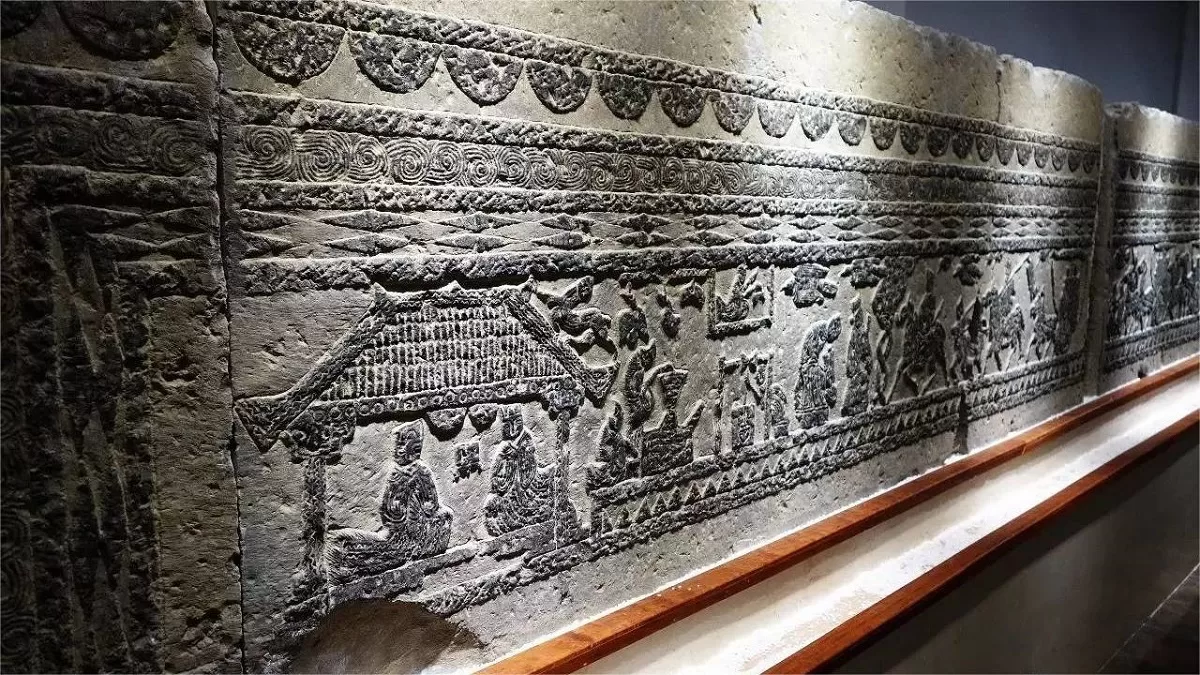
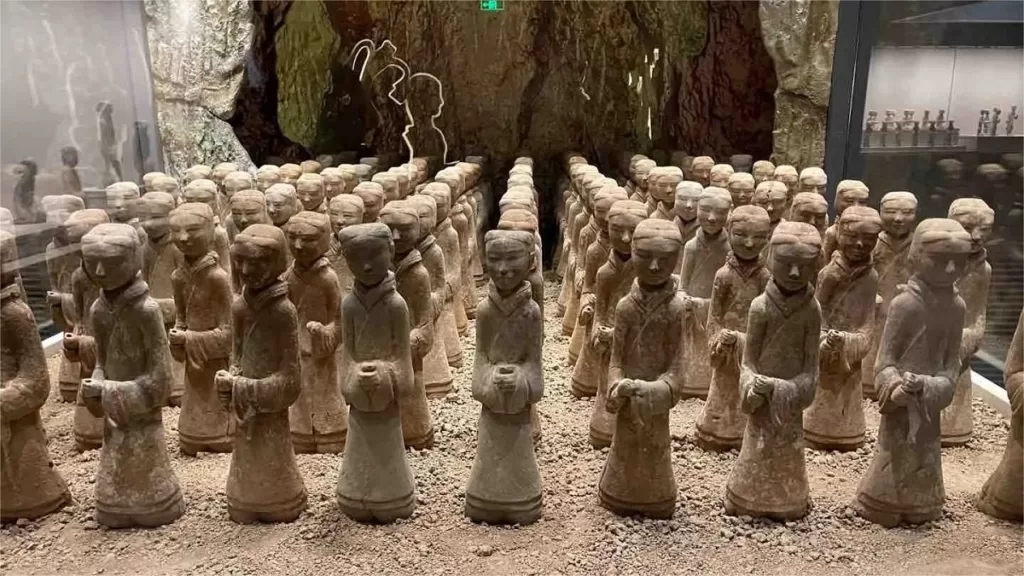
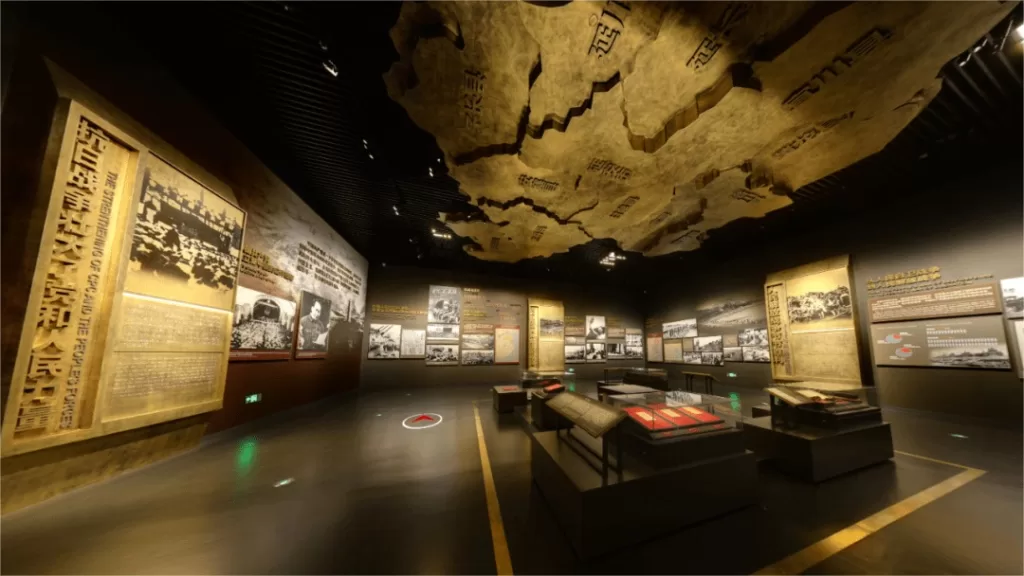
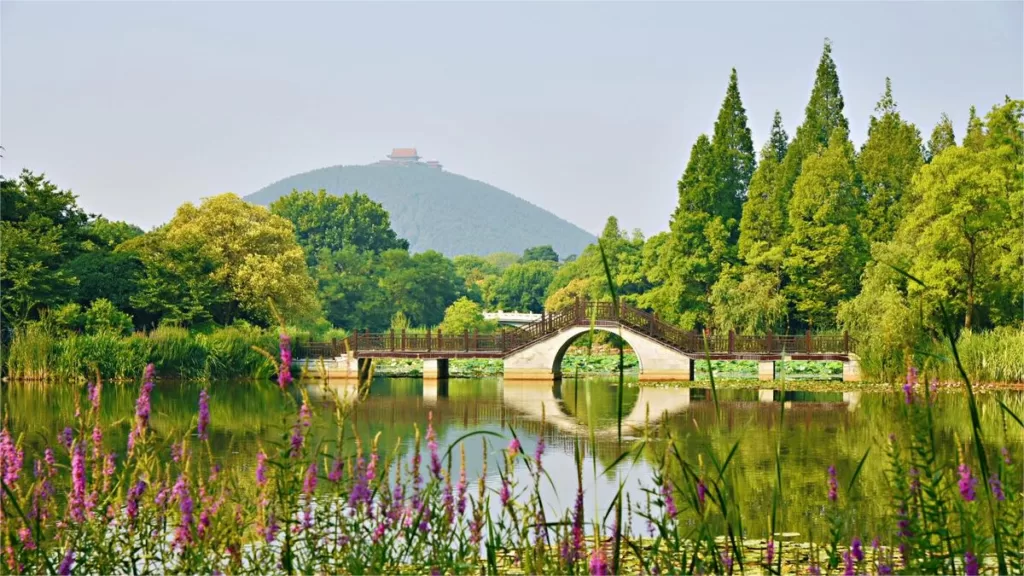

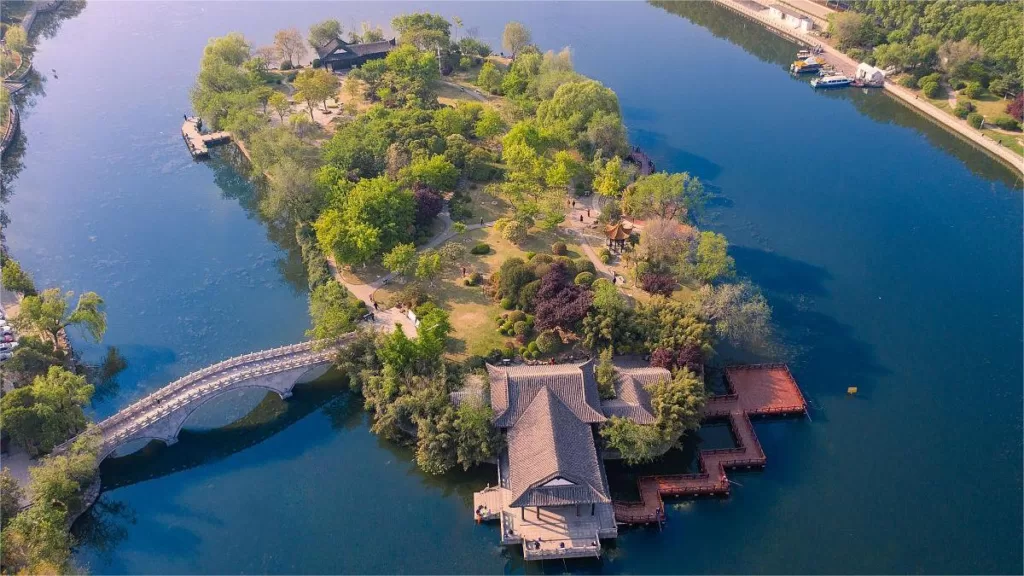
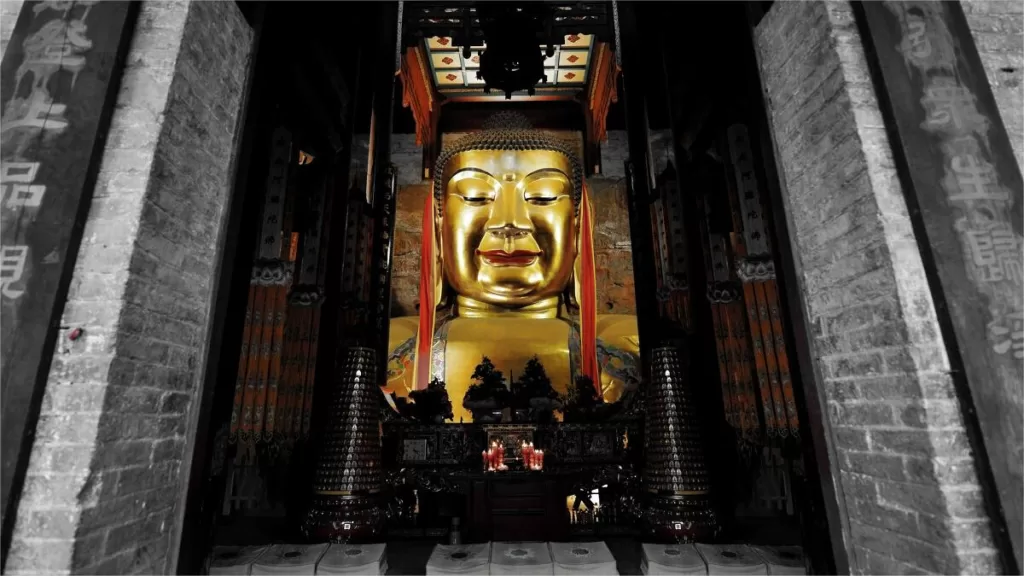

Compared to the well-known Han Tomb in Xuzhou, I prefer the Xuzhou Han Portrait Stone Art Museum (徐州汉画像石艺术馆). The museum is divided into a South and a North section, with one being new and the other old, both having rich collections. The experience of visiting the new South section of the museum is better. Even after spending an afternoon there, it feels rushed as there is so much to see.